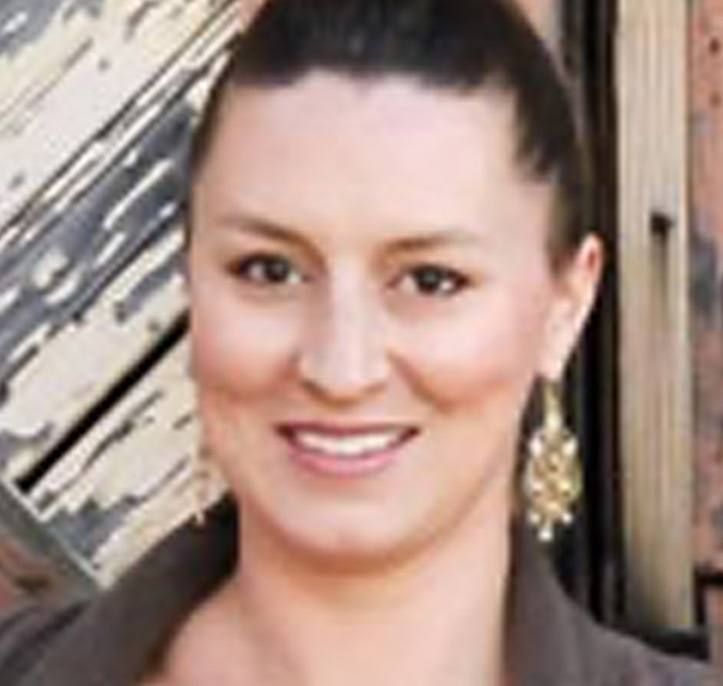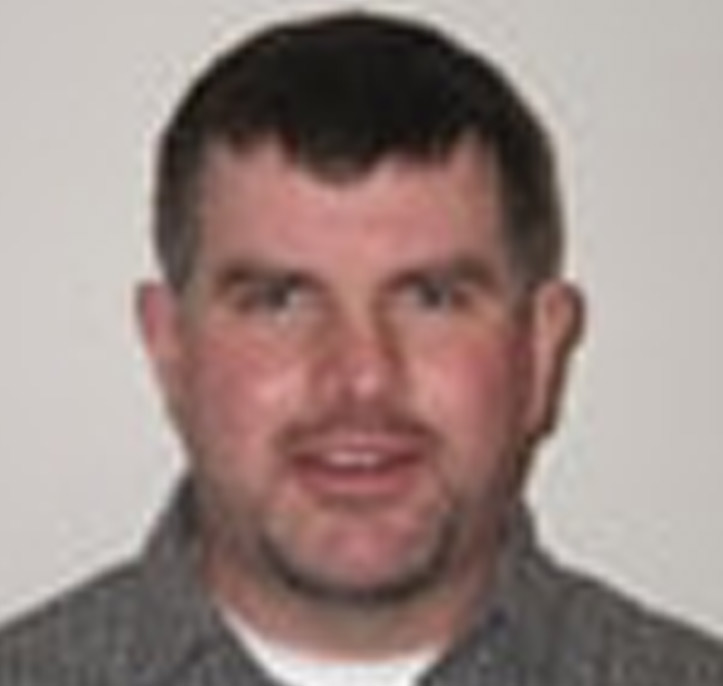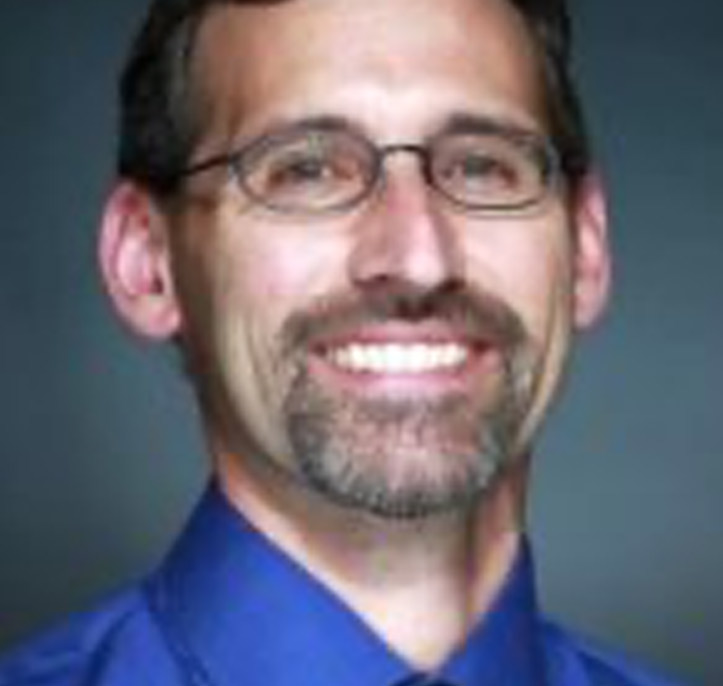2012 SMART Toronto
February 1, 2022
SMART Remediation talks have focused on innovative technologies for remediating contaminated sites, approaches for site characterization, project case studies, regulatory and industry perspectives, and other related topics.

The 4th SMART Remediation conference was held in Toronto on Wednesday, February 1st, 2012. Details on the speakers and presentations are provided below.
Speakers

Harry Dahme,
Gowlings
Harry Dahme
Harry Dahme is a partner at Gowlings’ Toronto office and leader of the Environmental Law National Practice Group. He has practised exclusively in the area of environmental law since 1984 and has a solid reputation as one of the foremost environmental lawyers in Canada. Harry has been involved in all aspects of environmental law. He regularly advises on environmental risks in corporate transactions. He advises corporations and boards of directors on the development and maintenance of corporate environmental due diligence programs. He provides ongoing regulatory advice to businesses in a wide variety of sectors. He has an active advocacy practice which includes defence to prosecutions, appeals to various tribunals including the Environmental Review Tribunal, and civil litigation with respect to environmental claims.
Ontario Brownfield's Regulation - Impact on Value, and Remediation Approach
Ontario Regulation 153 was amended December 2009 and July 2011, with implications to environmental and remediation professionals. Mr. Dahme will review the changes to Ontario’s Brownfield’s Regulation and discuss the implications as it relates to site redevelopment and remediation.

Jennifer Kirk,
MTE’s GlobalTox Division
Jennifer Kirk
Dr. Kirk obtained a PhD in Environmental Microbiology and Toxicology from the University of Guelph in 2005 and a BSc (hon) in Environmental Toxicology from the University of Guelph in 1998. She has more than 13 years of environmental toxicology experience and more than six years of risk assessment experience. She is the Manager of MTE’s GlobalTox Division. Dr. Kirk specializes in ecological and human health risk assessments conducted in accordance with federal, provincial and state guidance. She has also developed toxicity-based remedial levels to aid in site remediation. Dr. Kirk is a peer reviewer for the Ontario Ministry of the Environment and for the journals of Environmental Toxicology and Human and Ecological Risk Assessment.
Using Risk Assessments with Remediation
What are Site-specific risk-based standards and how can they be used as part of a remediation project? The MOE generic Site Condition Standards (MOE SCS) are risk-based numbers designed to be protective at most sites in Ontario. By using a similar derivation process as the MOE, but considering Site-specific information, risk-based standards, or remediation targets, can be developed that are specific to a site. Although they provide the same level of protection as intended by the generic criteria, Site-specific risk-based standards are typically numerically higher than the MOE SCS, thereby reducing remediation costs and saving time. The risk assessment process under Ontario Regulation 153/04 will be discussed, as will the process for deriving Site-specific risk-based standards. Other ways that risk assessment can be used to help manage environmental impacts at sites will also be discussed.

Lindsay Swearingen,
Specialty Earth Sciences
Lindsay Swearingen
Lindsay Swearingen is currently serving as Managing Partner/ Senior Scientist at Specialty Earth Sciences, a remediation design and implementation company located in New Albany, IN. Her primary job duties include environmental research and development projects, laboratory proof of concept design regarding site specific bench scale studies, feasibility studies, and soil geochemical interference evaluations for clients and consultants. Ms. Swearingen is the co-developer of several proprietary, patent-pending, and patented in-situ chemical oxidation processes; including Sustained and Controlled Oxidant Release materials and installation methods. She has been involved in the development of Sustained and Controlled Release Oxidants for over seven years and is currently overseeing the largest field application to date of RemOx SR, a newly available sustained release potassium permanganate product manufactured by Carus Corporation.
Innovative Remediation Technique – Sustained Release Oxidant
The intractable nature of subsurface contamination suggests the need to explore the use of innovative technologies that reduce the environmental footprint of remedial treatments. Controlled-release techniques have been utilized extensively in diverse fields such as pharmaceutical and agrochemical applications. Recently this concept has been explored during in situ chemical oxidation (ISCO) with sustained-release permanganate. Since the oxidant reacts with natural organic matter, inorganic soil constituents, and other reduced compounds, the presence of a protective barrier that allows for sustained- oxidant release over extended periods of time could significantly enhance the efficiency of ISCO. As a result, sustained-release permanganate (SRP) was developed. Paraffin wax is used as the environmentally benign and biodegradable matrix material for encapsulating solid potassium permanganate (KMnO4) particles. The paraffin matrix protects the particles from instant dissolution and potentially undesirable nonproductive reactions. The SRP material contains between 60% to < 80% permanganate and can be formed as candles for direct push applications, or inserted into holders for emplacement in permanent or temporary wells, as well as source zone treatment. The material may also be chipped/cubed for hydro-fracturing into low permeability media or fractured bedrock for treating back diffusion of organic contaminants. Results from lab experiments and a number of pilot-scale efforts will be presented. Also, examples of various field installation methods and techniques will be presented as well as next steps in Sustained Release oxidant product development.

Tom MacNeil, P. Eng,
AMEC
Tom MacNeil, P. Eng
Tom MacNeil is a professional engineer with AMEC with over 14 years of experience in contaminated site assessment and remediation. He has a BSc in Civil Engineering from the University of New Brunswick and an Environmental Technology Diploma from the University College of Cape Breton. He is presently the remediation lead for the 5 Wing Goose Bay Remediation Project. In this role, he is responsible for leading remedial options analyses, pilot testing of technologies, preparing remediation tender documents, and providing quality assurance for ongoing remediation contracts.
Advanced use of Multi-Phase Extraction – Deep Application at Goose Bay Military Base
Multiphase Vacuum Extraction (MPVE) is often used to remove free phase petroleum hydrocarbons (PHCs) from the subsurface, and is being used to remove PHCs at 5 Wing Goose Bay, a military base, located in central Labrador. The 5 Wing Goose Bay Remediation Project (GBRP) is a 10 year, $300 million project to remediate or risk manage legacy contamination. The purpose of this talk is to present the MPVE technology and its application at Goose Bay. The application of the technology has required innovation to overcome some of the physical characteristics of the site, primarily depth to groundwater. In earlier applications, MPVE was believed to be limited to shallow groundwater applications, where the lift of the liquids was accomplished solely by vacuum. At Goose Bay, where depth to groundwater across much of the base ranges between 15 to 20 metres below ground surface, the lift of liquids is accomplished by entrainment of liquid droplets in the vapour stream. This allows the efficient use of the technology to recover LPH and remove petroleum hydrocarbons from the vadose zone. Details of the Site, the MPVE technology, and the project tender (Performance Based, Design / Build / Operate / Maintain / Optimize Contracts) will be presented.

Bruce Tunnicliffe,
Vertex Environmental Inc.
Improving Remediation via Advanced Characterization: Case Studies on Membrane Interface Probe (MIP) and Laser Induced Fluorescence (LIF) Site
Bruce Tunnicliffe
Mr. Tunnicliffe is President of Vertex Environmental Inc., and is an Environmental Engineer with years of experience designing and implementing remediation of chlorinated solvents and petroleum hydrocarbons. Having worked on many hundreds of in-situ projects, Mr. Tunnicliffe has extensive experience on innovated assessment tools and in-situ remediation techniques. Mr. Tunnicliffe holds a Master’s degree from the University of Waterloo, has authored many publications, and has presented at numerous conferences.
Improving Remediation via Advanced Characterization: Case Studies on Membrane Interface Probe (MIP) and Laser Induced Fluorescence (LIF) Site
The probability of remedial success increases with better site characterization. Site characterization can be greatly improved using advanced techniques such as the Membrane Interface Probe (MIP) and/or Laser Induced Fluorescence (LIF). This talk will provide an overview of the MIP and LIF technologies as well as provide examples of the show each technology was applied, and the implications to remediation design and approach.